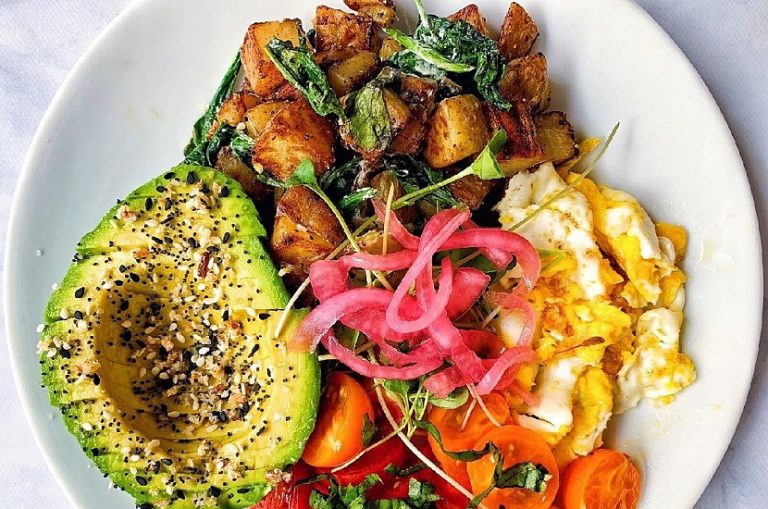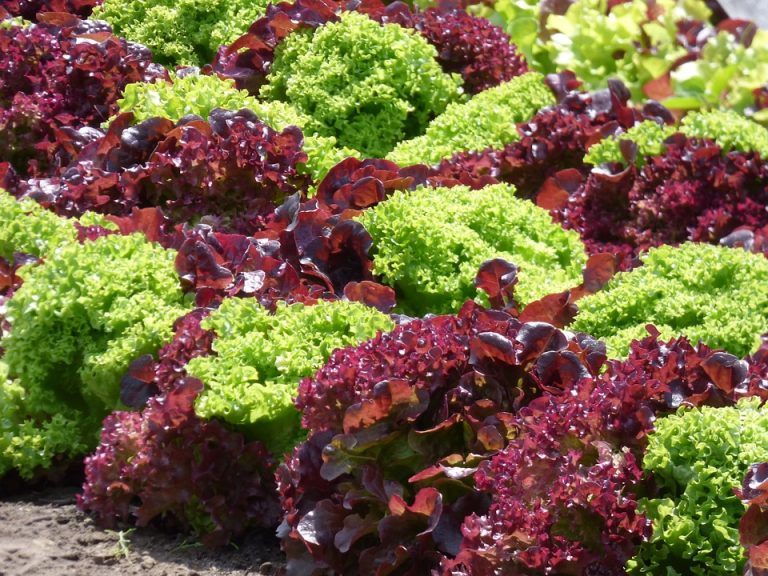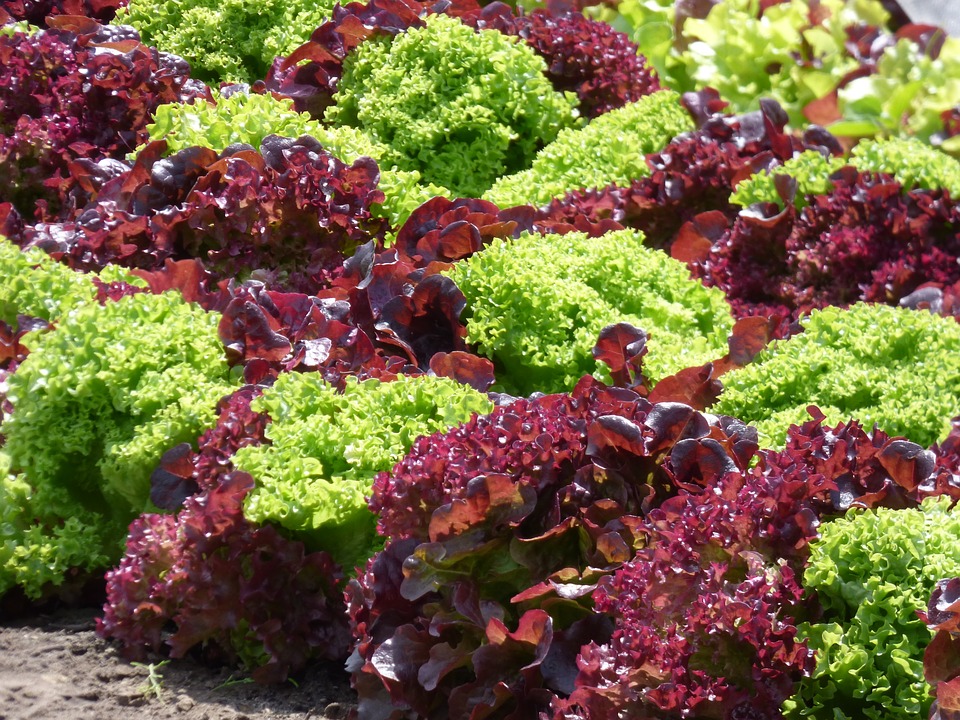The protein diet is intended to help you lose weight and at the same time prevent muscle breakdown. In this article you will learn what is behind the diet and how you can implement it sustainably.
The protein diet is particularly popular with athletes. It should help you lose weight and at the same time prevent the body from breaking down muscle mass in addition to fat. The body needs protein to maintain and build muscle. By the way, protein and protein are the same thing.
With the protein diet, you reduce the nutrients that are crucial for the production of body mass. These are mainly carbohydrates. They provide energy and prevent the body from breaking down fat. You can think of fat as your body’s emergency reserve. It only burns it when it can no longer provide sufficient energy from carbohydrates. So if you severely reduce the intake of carbohydrates, your body will burn fat.
A low-carbohydrate diet is also known as a low-carb diet. The protein diet thinks one step further: by consuming a lot of protein, you prevent your body from losing muscle mass.
Ask yourself beforehand: Why do I want to go on a diet?

Question the motivation behind your diet. Do you really want to do something for your health or are you driven by ideals of beauty that put you under pressure? Don’t get stressed. Your value as a human being is measured by your character, not the size of your waist.
Maybe you don’t need a diet at all to feel more comfortable in and with your body – you can get inspiration and tips for a healthy lifestyle here: Lose weight effectively: How it works healthy and sustainably.
After you become clear about your motives, you can also approach the diet with a deeper awareness. In the next sections you will find out what such a protein diet can look like and how it can be made as ecologically sustainable as possible.
Dangers and benefits of the protein diet
According to the consumer center, a protein diet in which you almost completely avoid carbohydrates (ketogenic diet) can have health disadvantages:
Dizziness, weakness and headaches may occur.
It also increases the risk of gout attacks and urinary stones.
So be sure to stick to the maximum of two grams of protein per kilogram of body weight. If in doubt, seek medical advice and clarify beforehand whether the protein diet is right for you from a health perspective!
It’s best to try to eat high-quality and good carbohydrates instead of giving them up completely. The German Society for Nutrition e.V. recommends a daily amount of carbohydrates of about 50 percent of the energy intake. The energy helps you in sports as well as in school or at work. A balanced diet is key here. Also: No diet can have a lasting effect if you don’t change your diet permanently and do sports regularly or get enough exercise.
However, a protein diet also has benefits for your health:
The egg white will help de-fat your liver.
It is also said that a detoxification process generally takes place during a diet. Nowadays, many foods in the supermarket are laced with harmful preservatives. Your body may be able to recover a bit from this on a diet.
Protein diet: Knowing how to be vegan
Protein is found in high concentrations in animal products such as meat, milk, cheese and eggs. However, you can still do without animal foods even in a protein diet. This can not only be tasty and healthy, but is also good for the environment. Factory farming is a major driver and, among other things, the cause of climate change and, particularly due to its intensive form, is partly responsible for insect mortality. The intensive consumption of animal products is part of the chain that threatens our future.
In addition, for you as an individual, a less animal-heavy diet means an investment in your health. In addition to protein, animal products also contain a lot of fat. In contrast to the “good”, i.e. unsaturated fatty acids, which are found in walnuts, for example, meat has a high proportion of “bad”, i.e. saturated fatty acids.
So you can use nuts and legumes for a high-protein diet.
Lentils, peas and beans are also very good sources of protein.
In many supermarkets there are now products that have an extra high protein and low carbohydrate content. Pasta, for example, usually contains a lot of carbohydrates. If you want to reduce this, it is better to use protein pasta. You can also buy protein bread.
By the way: When it comes to the question of the right time of day to eat, opinions differ. According to Sabine Holzäpfel, a consultant in the food and nutrition department of the Baden-Württemberg consumer advice center, a hearty breakfast in combination with a less sumptuous evening meal is recommended. This is because the digestive system works harder in the morning than in the evening. There is also the option of intermittent fasting. For example, a meal can be completely omitted and the interval between meals promotes weight loss simply because of its length.
More important than time, however, is the calorie deficit itself. Your basal metabolic rate is what your body would use in calories every day without exercise. You can control your calorie deficit through exercise and nutrition.
Protein Diet: A Meal Plan

You can create varied menus with a focus on protein, fiber and good carbohydrates from the foods already mentioned and many others. A day of the protein diet could look like this:
Breakfast: (protein) rolled oats, chopped nuts and seeds with oat milk and a slice of protein bread/whole wheat bread with peanut butter and tomatoes and possibly a homemade protein shake
Lunch: Protein pasta/wholemeal pasta with lentil bolognese and lots of vegetables
Dinner: Lettuce with tomatoes, tofu and walnuts or a bean salad




